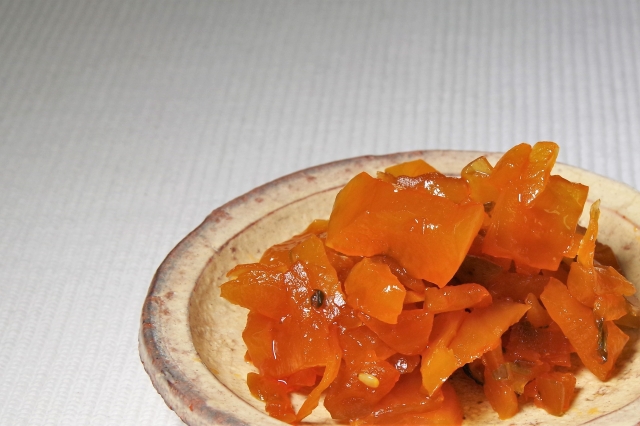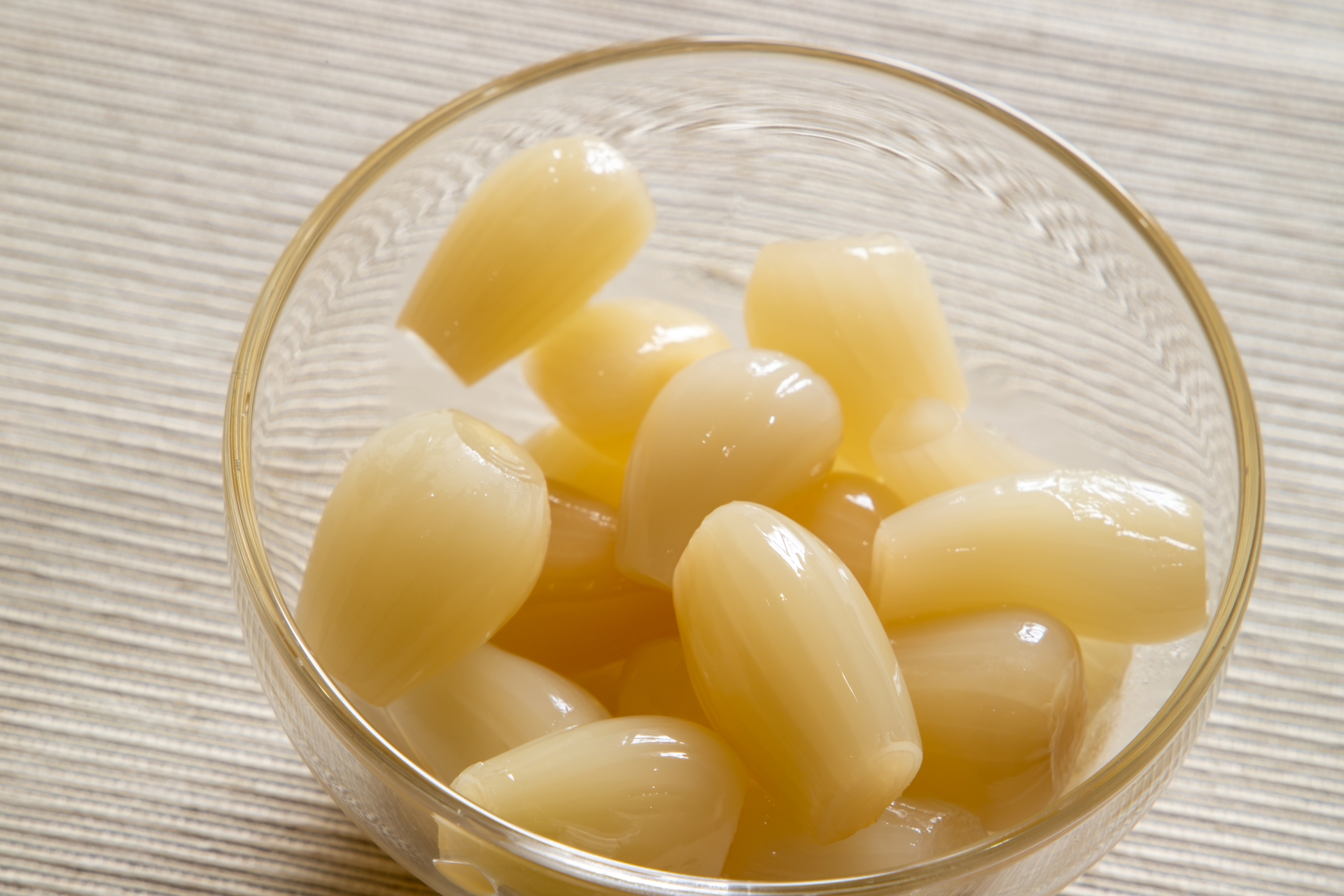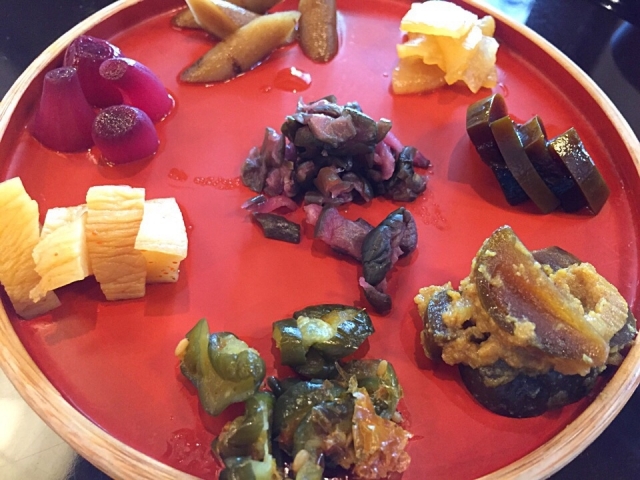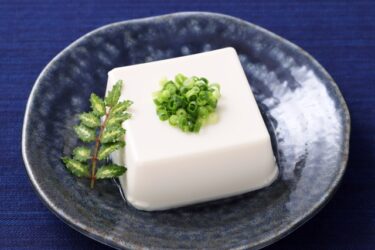Tsukemono are mainly vegetables that have been pickled in salt, vinegar, sake dregs, etc. to improve their shelf life and are aged. Some are made by simply dipping the ingredients in soup, while others are made by fermentation with microorganisms, and there are many types. It is an indispensable dish for Japanese meals and is always included with Japanese food.
What is Tsukemono and is it okay for me to eat it?
Materials of Tsukemono
Mainly vegetables and seasonings, rarely animal ingredients
See the next section as the raw materials vary depending on the type of Tsukemono
| Gluten-free | Low-gluten | Wheat-free | Low FODMAPs | |
| for Vegetarian |
| Restaurant | Food supermarket | Convenience store |
There are various types of Tsukemono
There are many types of Tsukemono, with different ingredients, recipes, and tastes. In addition, there are various Tsukemono depending on the region. Here, we will introduce the Tsukemono that you often encounter in Japanese food and the Tsukemono that you can eat anywhere in Japan.
Takuan
Takuan is a yellow radish pickle. Traditional Takuan is made by soaking dried radish in fermented rice brand bed. It is a mixture of rice bran and salt, and mainly Aspergillus inhabits . By putting the radish in the rice brand bed, the Aspergillus decomposes the components of the radish, and the saltiness is added with the natural sweetness to make the Takuan. Also, as it decomposes, the color of radish changes from white to yellow. However, most of the Takuan on the market are colored with pigments.

Some Takuan is made by soaking radish in a seasoning liquid. Most of Takuan served with cheap Japanese meal and in lunch boxes are of this type.
Takuan is also called Oshinkou. Makizushi made with Takuan is called “Oshinkomaki”, and the contrast between the black color of the seaweed and the yellow color of the Takuan is vivid.
The ingredients for the traditional Takuan are radish, rice bran, rice jiuqu, and salt, and no animal ingredients or gluten-containing grains are used. Even when seasonings are used, animal ingredients and gluten-containing grains are rarely used.
Asazuke
Asazuke is a kind of Tsukemono that cucumbers, radishes, eggplants, etc. are pickled in a seasoning liquid containing salt and vinegar for several hours to a day. Lactic acid attached to vegetables may cause lactic acid fermentation, which increases the acidity. Asazuke are sold refrigerated at food supermarkets, and seasoning liquids for making Asazuke are also popular.

Asazuke is often served with Japanese meal. Compared to Takuan, which we introduced earlier, the smell is less intense, so even first-timers will find it easier to eat. However, since it is raw and its taste changes easily, it is rarely included in bento boxes.
The ingredients for Asazuke are vegetables, vinegar and salt, and no animal ingredients or gluten-containing grains are used.
Shibazuke
Shibazuke is made by lactic acid fermentation of eggplant, green pepper, cucumber, and Japanese perilla with salt. It is a traditional Tsukemono of Kyoto, and is said to be one of the three major Kyoto Tsukamoto, including Suguki and Senmaizuke.
In addition to Shibazuke, which is made by the traditional method, there is also Shibazuke, which is made by soaking finely chopped vegetables in a seasoning liquid, which has become more common.
The ingredients of Shibazuke are only vegetables and salt, and neither animal ingredients nor gluten-containing grains are used.
Fukujinzuke
Fukujinzuke is made by salting several kinds of vegetables, chopping them into small pieces, and adding them with a seasoning liquid made from soy sauce, sugar, and mirin. There are generally seven types of ingredients used in Fukujinzuke: radish, eggplant, sword bean, lotus root, cucumber, fruits of Japanese perilla, and shiitake mushroom, and white sesame may be used instead of shiitake mushroom.

In Japan, the number 7 is said to be auspicious. The name Fukujinzuke is derived from the the Seven Lucky Gods, “Shichi-fukujin”. Fukujinzuke is often served with curry and rice. I have never seen Fukujinzuke in dishes other than curry and rice.
The ingredients for Fukujinzuke are vegetables, soy sauce, sugar, and mirin. Since it uses soy sauce, it is not gluten-free, but the protein contained in soy sauce is decomposed during the brewing process, and almost no protein remains. Also, no animal ingredients are used.
Rakkyozuke
Rakkyo is the same kind of vegetable as garlic and leek, and eats white bulbs about the size of a thumb. It has a strong odor and spiciness, and when eaten, it is eaten as a pickle, which is pickled in vinegar with added sugar and chili peppers. It is the closest pickle to the pickles that are often eaten in Europe and north America.

Most of Rakkyo-zuke is also served with curry and rice. The sweet and spicy taste and crispy texture are popular.
Since the raw materials for Rakkyo-zuke are scallions, sugar, and vinegar, they are made only from vegetable raw materials and are gluten-free foods. Rakkyo is classified as a high-FODMAP food because it contains a large amount of water-soluble plant fiber.
Try to eat Tsukemono
How much ?
$ 2 – 3 for 1 pack
Where can I meet Tsukemono
Tsukemono can be easily obtained at the chilled corners of food supermarkets and convenience stores. There are many different types, so you may be wondering which one to buy.
Also, when you order a Japanese set meal at a restaurant, Tsukemono are usually included.
Precautions when eating Tsukemono
For gluten-free people with celiac disease
Please note that some pickles may use salty soy sauce.
For gluten-free people other than celiac disease
Some tsukemono, salty soy sauce, is used, but the protein contained in the soy sauce is decomposed during the brewing process and does not remain. You can usually eat it without any problems.
For vegetarians
In addition to vegetables, there are rare tsukemono made with fish and shellfish.
For Muslims
Normally, no meat-derived ingredients are used in tsukemono.
Japanese writer’s comment for Tsukemono
Tsukemono goes well with steamed rice. Many older Japanese people say that breakfast is enough if they have rice, Tsukemono and miso soup. Tsukemono are deeply rooted in the Japanese diet. However, recently, high blood pressure due to overeating Tsukamoto has become a problem. Tsukemono contains a lot of salt.

The Japanese consume too much salt, and the consumption of Tsukemono in each region is proportional to the number of hypertensive patients. Because of increased health consciousness, low-salt Tsukemono are popular, but low-salt Tsukemono have poor storage stability. For this reason, Tsukemono, which were originally preserved foods, are sold refrigerated.



